|
A coral update, first up Acropora sp. #3. In April I thought this coral was beyond hope, it was bleached and areas of the frag were dead. Then the lighting schedule was altered and things began to slowly improve. The lovely green colour returned but algae took a hold on the dead skeleton. Now, in June, the Acro is as green as ever and the flesh is regrowing over the bare skeleton. An amazing recovery which highlights just how resilient these corals can be given the correct conditions. Moving on to Acropora sp. #2, not such good news here I'm afraid. At the beginning of March I discovered that this coral was infested with red bugs, Tegastes acroporanus. I made the decision to try rid the coral of this pest by dipping it in Polyp Lab's Reef Primer, the only treatment I had in house at the time. The dip did work, killing the bugs and the Acro appeared to be pest free for weeks following with good PE. However, recently I've noticed that the coral had stopped growing and the polyps were absent again, Sure enough on close investigation the coral was covered with red bugs once more. Obviously some of the red bugs survived the first dip or remained in the tank jumping back on the coral after it was reintroduced. So, what to do now? In the intervening months the coral has encrusted at the base so removal was not a simple option. I can't deny that I wished that I'd just chucked the coral the first moment I discovered the little blighters thus (maybe) solving the problem straight away. After taking a big breath I deliberated the problem for a few days, revisiting the idea of dipping the Acro again and also the option of biological control. If I thought that adding a Dragonfaced pipefish was a sure fire fix and my tank could have supported one I would have been setting up some copepod cultures straight away in preparation and given one or more a try but it's such hit and miss affair. Some individuals eat them and some ignore them and I cannot in all conscience add a fish that might not thrive just to fix a problem of my own making. I should have QT'd the coral or least dipped it before adding, sigh! Never trust an LFS for a healthy pest free frag! In the end I opted for removing the coral as much as I could before a water change and scrubbing the remaining encrusted base whilst siphoning the water at the same time. Either the encrusted base survives without the bugs which is a perfect result or the encrusted base dies but I'm red bug free which is acceptable or worst case scenario the red bugs are present on another coral in which case I have destroyed a perfectly viable frag for nothing. Stay tuned for updates if you dare.
0 Comments
Soooo, I've been keeping an even closer eye on the tank (if that's possible for me, lol!) ever since I noticed one of the Acropora corals (#3) had blisters on it's branches.
Acropora #2 had been showing less polyp extension than the others but it's been growing fine and the colour has been good with lovely blue tips to the branches. I thought it was doing fine, however whilst processing my last set of photographs I happened to notice some red dots on the branches of the coral. Uh-oh! Alarm bells instantly started ringing in my head. Out came the magnifying glass and lo and behold there they were, red bugs!! Honestly this tank must be in the running for the award for the introduction of the most number of undesirable hitchhikers in the shortest amount of time. I have not had the pleasure of having to deal with these parasitic crustaceans before but I do know about them. Red bugs (Tegastes acroporanus) are tiny predatory copepods that live specifically on Acroporids. I considered my options: 1. Do nothing, the coral looks fine and is growing even though PE is almost non-existent. 2. Treat the tank with the recommended medication, Milbemycin Oxime (known as Interceptor or more recently Sentinel in the US). It is a prescription only medication designed to treat dogs suffering from heart worm disease but also happens to kill marine crustaceans. 3. Remove the infested coral to a separate tank and treat with the above. 4. Remove the infested coral to a separate tank and treat with a proprietary coral dip. 5. Take the coral out and throw it in the bin. I wasn't a fan of option 1, the coral may be fine now but it's never going to thrive whilst covered with parasites. Option 2. was entirely out of the question, Milbemycin kills ALL crustaceans so my crabs and shrimp would also be toast. I could remove my precious crabs and shrimp to another tank but to catch the pistol would require removing most of the rock work. That means major stress for the tank and major stress for me too! I love my shrimp and goby and there is no way that I'm going to risk upsetting them (and the rest of the tank) unless absolutely necessary. Option 5 was seriously tempting, it's only a small frag at the moment so it'd be no great loss but I do hate to give up without a fight. Plus there is really no way to know if any of the other corals are parasitised too, trashing one coral may turn out to be pointless if others are also affected. So really that left options 3 and 4, option 3 being preferred as Milbemycin is known to definitely kill red bugs whereas a coral dip may not. So with the decision made I just had to source Interceptor or whatever it is called in the UK. Unfortunately that plan soon went out of the window as our regular veterinarian refused to prescribe it for me, so it was back to the drawing board. The only coral dip that I had to hand was Polyp Lab's Reef Primer and after much scouring of the web I couldn't find any mention if it was actually effective against red bugs or not. How typical! Still it's all I had to hand and I thought there was nothing to lose by giving it a try. I mixed a little over the recommended dose of the Primer in a container of tank water, removed the coral from the rock work and immersed it carefully. Almost immediately the Acro started to exude excess mucus. I continually squirted the Primer solution over the branches with a pipette for about a minute and then checked the coral with my magnifying glass, I was surprised to see red bugs trapped within the mucus and no longer moving. Encouraged I removed all the slime (with bugs) that I could see and carried on blasting the coral with Primer solution. After approximately 5 minutes I moved the coral to another container of tank water, rinsed it off and placed it back in the tank. Unsurprisingly the coral looked rather pale by then. Today Acropora #2 looks pretty darn good, it's still a little pale and has no PE but it's alive and more importantly there are no red bugs on it! I've checked multiple times throughout the day and cannot find a single one. Of course that's not to say that my tank is now a red bug free zone but it's a step in the right direction. The other Acros seem unaffected and have good PE so you never know I may actually be lucky. Heh, considering how things have been progressing in the pest department probably not, but still I do like to be optimistic. Hmm, I did have to remove 2 more tiny Aiptasia from the sand yesterday, discovered in the same spot as the one I found back in January...... |
AuthorHi, my name is Lisa and I live in Derby, UK. I am a self-confessed reefaholic! Archives
July 2022
Categories
All
|
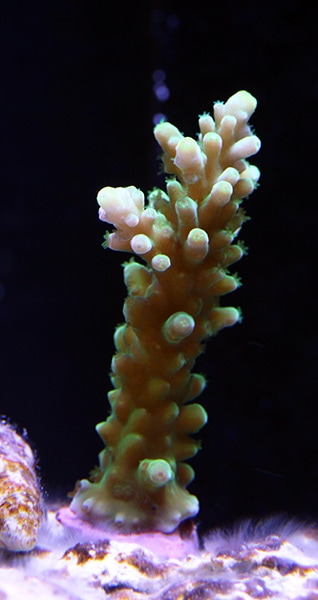
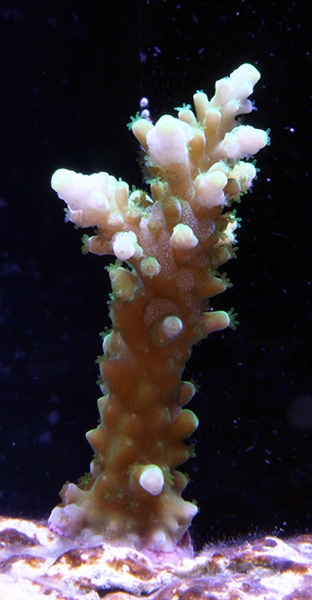
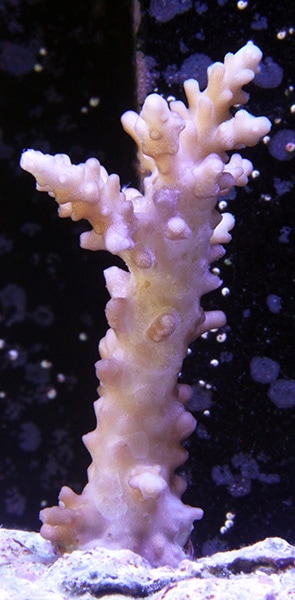
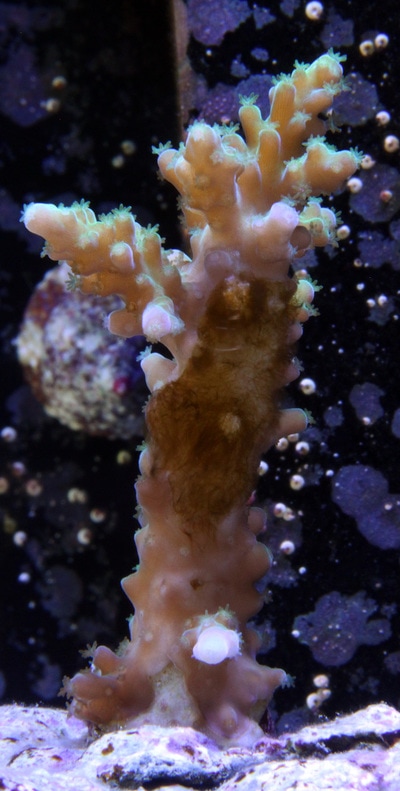
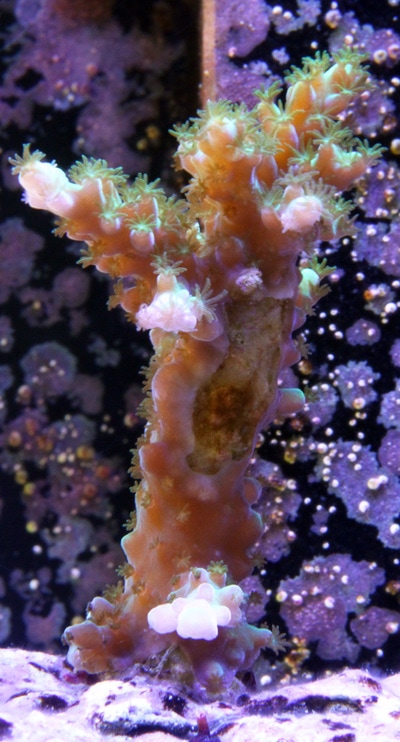
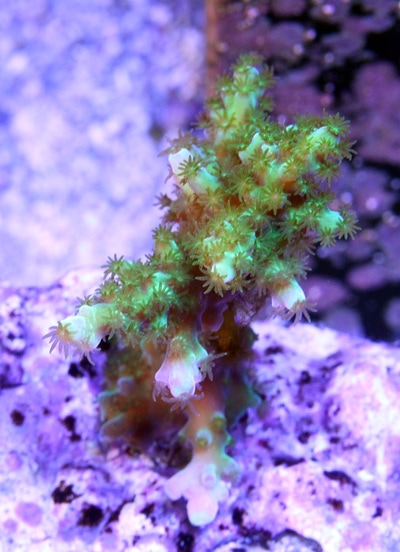

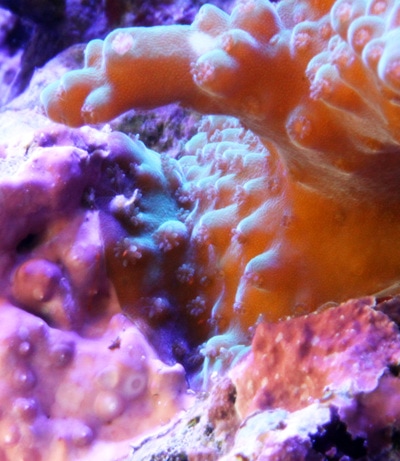
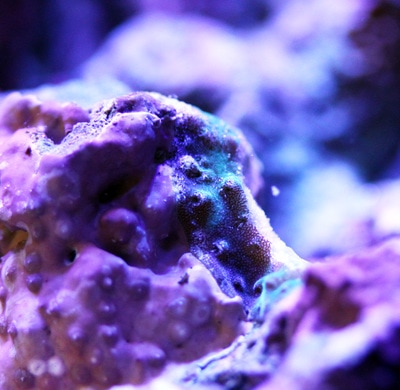
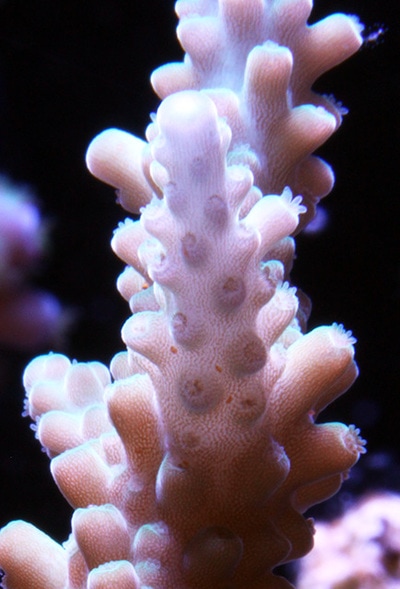
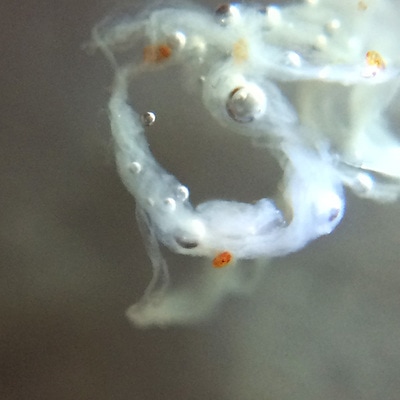
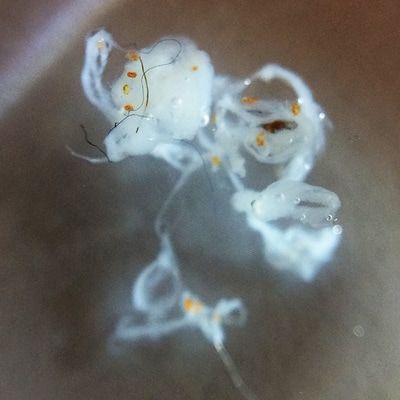

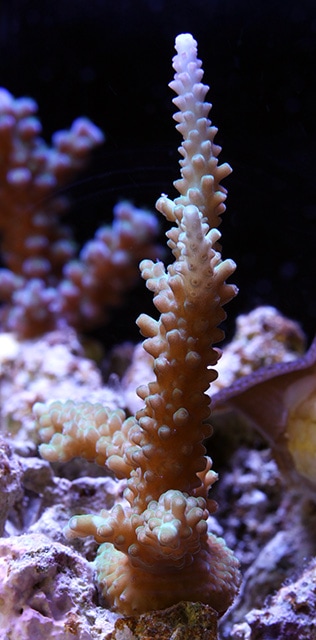
 RSS Feed
RSS Feed
